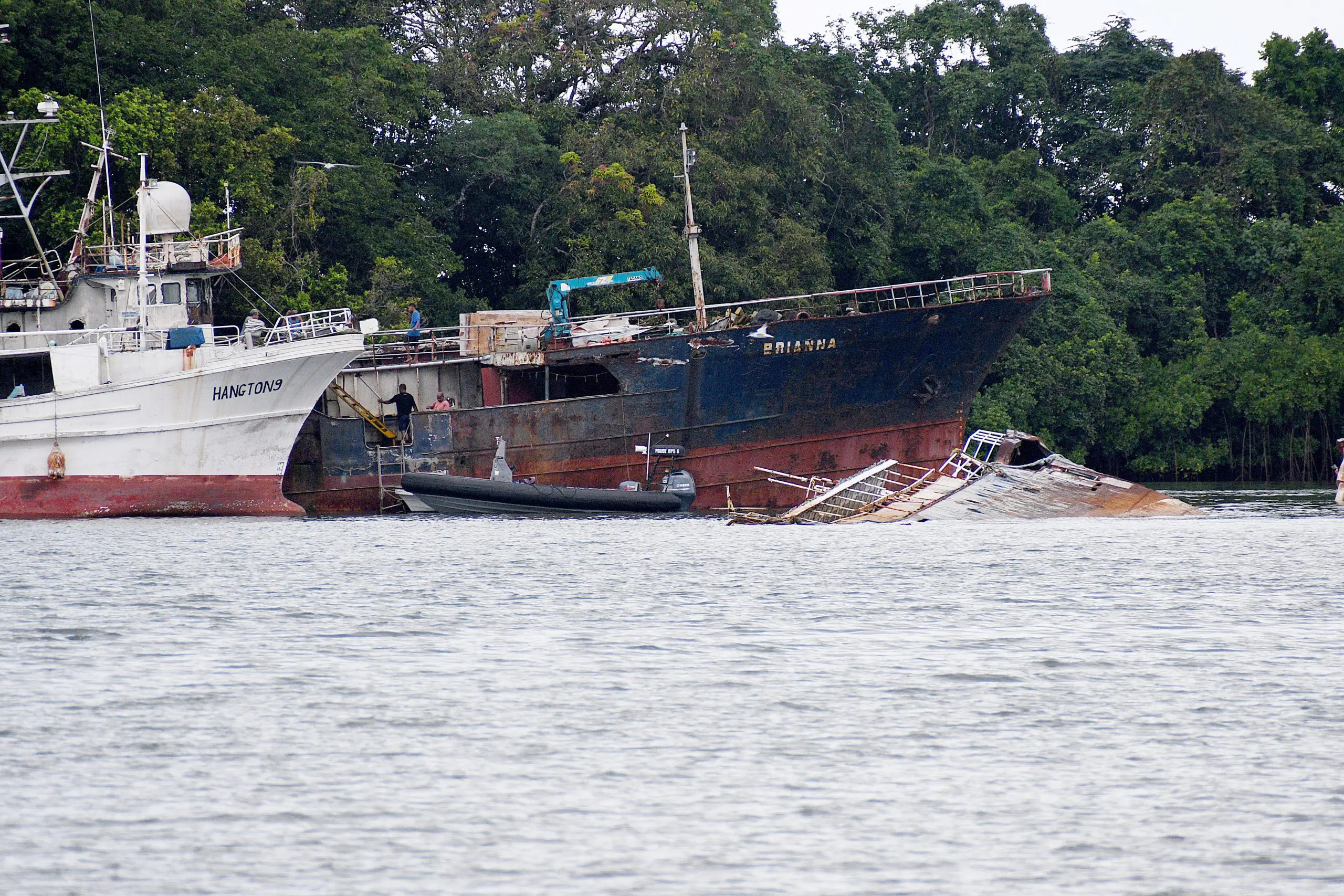Over the past fifteen years, China’s military modernization, particularly the development of the People’s Liberation Army Navy (PLA Navy), has gained significant attention globally. This includes the acquisition of two aircraft carriers and a more assertive stance in the South China Sea and surrounding regions, leading to concerns about China’s aspirations for regional dominance.
China’s maritime strategy must be understood within the broader context of East Asian geopolitics. With 90% of global trade traveling through maritime routes—many via the East China Sea—China’s economic growth relies heavily on secure sea lanes. The geography of East Asia is complex for China, surrounded by archipelagos like the Philippines and Japan, which act as strategic barriers to its access to the ocean. This “first island chain” strategy reflects historical and modern concerns of encirclement, particularly by the U.S. and its allies, and serves as a reminder of past conflicts between Japan and China over territorial control.
Historically, China has faced significant threats from Japan, especially during the late 19th and early 20th centuries, including wars for control over Korea and Manchuria. The consequences of these conflicts have embedded a deep-rooted fear of maritime encirclement in Chinese strategic thinking. China’s vulnerabilities have fueled its naval modernization efforts, leading to a substantial increase in naval capabilities, including 60 submarines, 87 surface ships, and a robust littoral fleet. The recent domestically built aircraft carrier, the Shandong, marks a key milestone in this modernization and focuses on coastal defense rather than global power projection.
China’s naval strategy is fundamentally about deterrence rather than expansion. Its naval modernization aims to prevent foreign powers from breaking into its coastal defenses, especially along the first island chain. The PLA Navy is designed not just to challenge U.S. naval superiority but to ensure that China maintains control of its surrounding seas. Additionally, tensions with Japan have escalated, particularly as Japan considers amending its pacifist constitution to adopt a more offensive military stance, prompting concerns that this could ignite an arms race in the region.
China seeks to balance its maritime trade routes and security through a robust naval presence, viewing its modernization as essential for both economic survival and national security. The PLA’s enhancements are a buffer against perceived threats and an assertion of China’s historical claims in these waters. In conclusion, China’s naval modernization and strategy are primarily defensive, motivated by a desire to maintain sovereignty and prevent the encroachment of foreign powers in its maritime domain. This approach underscores China’s nuanced position in pursuing great power status while balancing its historical vulnerabilities and regional geopolitical dynamics.





